Some goods are likely to be eligible for tax reductions.
Businesses are hoping that tariffs on goods sold to the US market will be reduced from the current 20%. Earlier in September, US President Donald Trump signed an executive order exempting 45 categories of goods from import tariffs. The order included exempted goods such as products that cannot be grown, mined, or naturally produced in the US, as well as items that the US does not produce enough to meet domestic demand. In addition, items such as natural graphite, neodymium magnets, and LEDs were also included in the tariff exemptions.
Specialty products such as fruits may be considered for reciprocal tax reductions. (In the photo: Processing green pomelos for export to the US at Chanh Thu Fruit Import-Export Company ( Vinh Long ))
PHOTO: DAO NGOC THACH
According to Mr. Do Ha Nam , Chairman of the Vietnam Pepper Association, Vice Chairman of the Vietnam Coffee and Cocoa Association, and Chairman of the Board of Directors of Intimex Group, the import tax on Vietnamese coffee into the US was previously 0%. However, after the US imposed a retaliatory 20% tariff on all goods from Vietnam, coffee was also subject to this tax. With the latest joint statement, Vietnamese coffee and pepper exports to the US may return to the previous 0% tax rate. In reality, for agricultural products in general, and coffee and pepper in particular, competitiveness does not come from quality but most importantly from the tax rate. Vietnam is currently second only to Brazil in coffee exports, so generally, the market is not too difficult. However, with a large and diverse market like the US, even though the export share is not large, most businesses want to have a presence or expand in this market. "For Intimex Group, although the US accounts for only a small portion of the group's total export value of nearly $1.5 billion in 2024, the group still considers it a strategic market," said Mr. Do Ha Nam.
Agricultural products and seafood will be given top priority.
Among Vietnam's key export sectors, agricultural and seafood products are likely to be prioritized for preferential treatment under the "likely partnership" framework. This is because these are sectors that the US has long promoted for market access in Asia, including Vietnam. Meanwhile, Vietnam's commitment to reducing import tariffs and expanding markets for US agricultural products, coupled with their clear origin, traceability, and high level of raw material self-sufficiency, creates favorable conditions for consideration for a 0% tariff rate. Besides agriculture , another strategic sector expected to benefit is high technology, particularly in the semiconductor industry and information technology services, artificial intelligence (AI), and big data. Vietnam is demonstrating its willingness to open up and cooperate deeply with leading US technology companies, not only in investment but also in technology transfer and training of high-quality human resources. If Vietnam were to benefit from a reduction in tariffs from 20% to 0% on high-tech products and services, it would be a significant boost, helping us to participate more deeply in the global production and supply chain in the semiconductor, technology, and digitalization sectors.
Dr. Nguyen Quoc Viet, School of Economics, Vietnam National University, Hanoi
Mr. Dang Phuc Nguyen, Secretary General of the Vietnam Fruit and Vegetable Association, also believes that the US is likely to consider reducing tariffs on goods that are 100% produced and processed in Vietnam, especially agricultural and aquatic products grown and raised domestically. For example, fruits like coconuts and durians, which are considered specialties of Vietnam, are not available in the US or even neighboring countries. Therefore, Mr. Nguyen has high expectations that Vietnamese agricultural and aquatic products, including fruits and vegetables, will see tariff reductions in this round. "The best-case scenario for a tariff reduction is to bring it down to 10%, like some of America's allies in South America. Reducing it to 0% is more difficult. In the first nine months of this year, Vietnamese fruit and vegetable exports to the US reached $407 million, a 60% increase compared to the same period last year. Although the export value has increased significantly, this rate is still very low compared to the demand of the US market. Annually, the US imports $45-50 billion worth of fruits and vegetables, with Mexico accounting for about $20 billion. Therefore, if tariffs are reduced, Vietnamese fruit and vegetable exports to this market will continue to increase, but it won't reach a large export value immediately. This is because Vietnamese fruit and vegetable products lack advanced preservation technology, and the high logistics costs due to long distances make it difficult to compete with America's neighbors; we can only sell a few specialty products," Mr. Nguyen further shared.
Positive signals and expectations for exports.
According to Mr. Do Ha Nam, Vietnam is one of the world's largest producers and exporters of Robusta coffee, so the production cost of this type of coffee is usually lower than that of Arabica coffee and coffee from some other countries. This gives Vietnamese coffee a significant price advantage when entering the US market, especially in the instant coffee, blended coffee, and products requiring large quantities at reasonable costs. The US is a major coffee consumer market in the world, and Vietnamese coffee has already established its position there. Negotiations for specific items with 0% tariffs are underway, and coffee is expected to receive better tariff rates, although nothing can be said for sure yet. "We expect the upcoming trade agreement to be positive and hope that Vietnamese agricultural products, a group of goods that the US does not produce, will be given more favorable conditions when entering the US market," Mr. Nam emphasized.
Seafood is hoped to be given top priority by the US for a 0% tariff rate. (In the photo: Processing pangasius for export at Nam Viet Company, An Giang province)
PHOTO: CHI NHAN
Garment businesses also expect a reduction in tariffs compared to the current rate. Mr. Pham Xuan Hong, Chairman of the Ho Chi Minh City Textile and Fashion Association, analyzed that the US does not produce textiles and garments domestically but mainly imports them from abroad. This is a traditional product group and does not harm production in the US. If tariffs are reduced, not only will Vietnamese businesses save costs, but American consumers will also be able to buy goods at better prices. The important thing is that Vietnam needs to control the issue of goods with fraudulent origins to avoid investigations or renewed tariff increases.
Sharing the same view, Dr. Ho Quoc Luc, Chairman of the Board of Directors of Sao Ta Food Joint Stock Company, believes that Vietnamese agricultural and fishery products in general are highly likely to be considered for reciprocal tariff reductions in the US. Specifically, the US only has marine shrimp and farmed crayfish, while Vietnam only has freshwater shrimp such as tiger shrimp and whiteleg shrimp. Shrimp are entirely farmed in Vietnam, and only some feed is imported, but this is insignificant and does not affect the US shrimp industry. If reciprocal tariffs are reduced, the Vietnamese shrimp industry will maintain its market share in the US. Compared to some major competitors in this industry such as India, which is subject to higher tariffs, and Ecuador, which does not have a strong advantage in processed products in the mid-range and high-end segments, Vietnamese businesses can certainly expect to increase their market share in this market. "This joint statement between Vietnam and the US is an extremely positive signal for businesses exporting agricultural and fishery products. This will help us maintain the large US market and also create opportunities to boost exports in the future," Mr. Luc commented.
Vietnam demonstrates goodwill and a high degree of market openness.
Dr. Nguyen Quoc Viet, a public policy expert at the University of Economics, Vietnam National University, Hanoi, commented: "The information in this joint statement is not new, but merely formalizes the previously agreed-upon trade agreement on fair reciprocal tariffs. However, clearly disclosing the 20% reciprocal tariff helps Vietnamese businesses 'no longer wait for the possibility of tariff reductions,' thus enabling them to be more proactive in planning export strategies. From here, export businesses can focus on improving quality and increasing domestic value, instead of relying on tariff preferences. Confirming the specific tariff rate also helps industries be more proactive in diversifying markets and allocating export risks in 2026 and subsequent years. The US considering including some Vietnamese goods under the 0% tariff rate is also part of the US's special mechanism regarding the 'equivalent partnership' status." This policy aims to promote trade cooperation with countries that share similar development goals and are willing to open their markets. However, to be considered for this status, Vietnam needs to demonstrate goodwill and a genuine level of market openness, particularly through reducing or eliminating import tariffs on certain US goods.
Agricultural products such as coffee are likely to be considered for reciprocal tariff reductions.
PHOTO: HOANG NGUYEN
"When the US assesses that Vietnam meets the criteria for fairer and more liberal trade treatment, some of Vietnam's export product groups may be eligible for a 0% tariff rate, but this will require a thorough review and evaluation process. Vietnam needs to demonstrate its willingness to open its market first. Only when Vietnam proves a genuine level of trade liberalization will the US consider which goods may be eligible for this status," said Dr. Nguyen Quoc Viet.
Vietnam's imports of goods from the US reached over $13.6 billion.
According to the Vietnam Customs Department, in the first nine months of 2025, Vietnam imported goods from the US worth over $13.6 billion, an increase of more than 23.6% compared to the same period last year, equivalent to an increase of $2.5 billion. Most notably, products such as computers, electronic products, and components accounted for over $4 billion, an increase of approximately 24% compared to the same period last year. This is the largest group of imported products from this market, reflecting the wave of technological upgrades, component replacements, and increased capacity in the electronics, telecommunications, and medical equipment industries. The second largest import group was machinery, equipment, tools, and other spare parts, reaching $915.3 million, an increase of 14.6%; raw plastics reached $854.9 million, an increase of approximately 46%. Notably, after Vietnam signed a memorandum of understanding with the US, the volume of imported US agricultural products increased sharply. Specifically, in the first nine months, Vietnam spent $1.1 billion importing 650,000 tons of cotton from the US, an increase of 84.2% compared to the same period last year; making the US its largest cotton supplier. Soybean imports increased 2.5 times compared to last year; and fruit and vegetable imports increased by 35.8%...
According to Professor Vo Xuan Vinh, Director of the Institute for Business Research (University of Economics Ho Chi Minh City), compared to the reciprocal tariffs that the US imposes on many countries, Vietnam is not at a disadvantage and the tariff levels are equivalent to those on goods in the region. In the short term, this is a positive sign, showing that US President Donald Trump highly appreciates Vietnam's goodwill in trade relations, especially Vietnam's efforts to increase purchases of goods from the US. Specifically, we have signed agreements to purchase aircraft worth billions of USD; Vietnamese businesses also have agreements to purchase agricultural products totaling nearly 3 billion USD. The joint announcement as well as the reciprocal tariff agreement to be signed in the near future will focus on elements that benefit American consumers. Accordingly, agricultural products that the US does not have, or agricultural products that Vietnam can substitute for in certain markets in the US, or minerals will be advantageous.
"Of course, the review will be based on several criteria, but the initial assessment is generally positive. Basically, in the coming time, Vietnam has many opportunities to increase exports to the US," said Professor Vo Xuan Vinh. However, he noted that the joint statement affirmed that the US will continue to maintain a 20% reciprocal tariff on goods originating from Vietnam and will consider applying a 0% tariff to some products; at the same time, both sides committed to coordinating the handling of non-tariff barriers affecting bilateral trade in related fields, including intellectual property issues. Thus, the issue of warnings about Vietnam being used as a transit point for goods to the US has not been addressed or will be discussed further in the future.
"The Ministry of Industry and Trade is taking note of this issue in its review and discussions to expand the scope and categories of export goods that benefit from favorable reciprocal tariffs. Businesses need to improve their management capacity, invest in science and technology, and innovate to have high technology and produce at low costs. In particular, they must create their own unique products to be competitive globally...", Mr. Vinh recommended.
Thanhnien.vn
Source: https://thanhnien.vn/buoc-tien-moi-trong-thue-doi-ung-my-viet-185251027235650744.htm


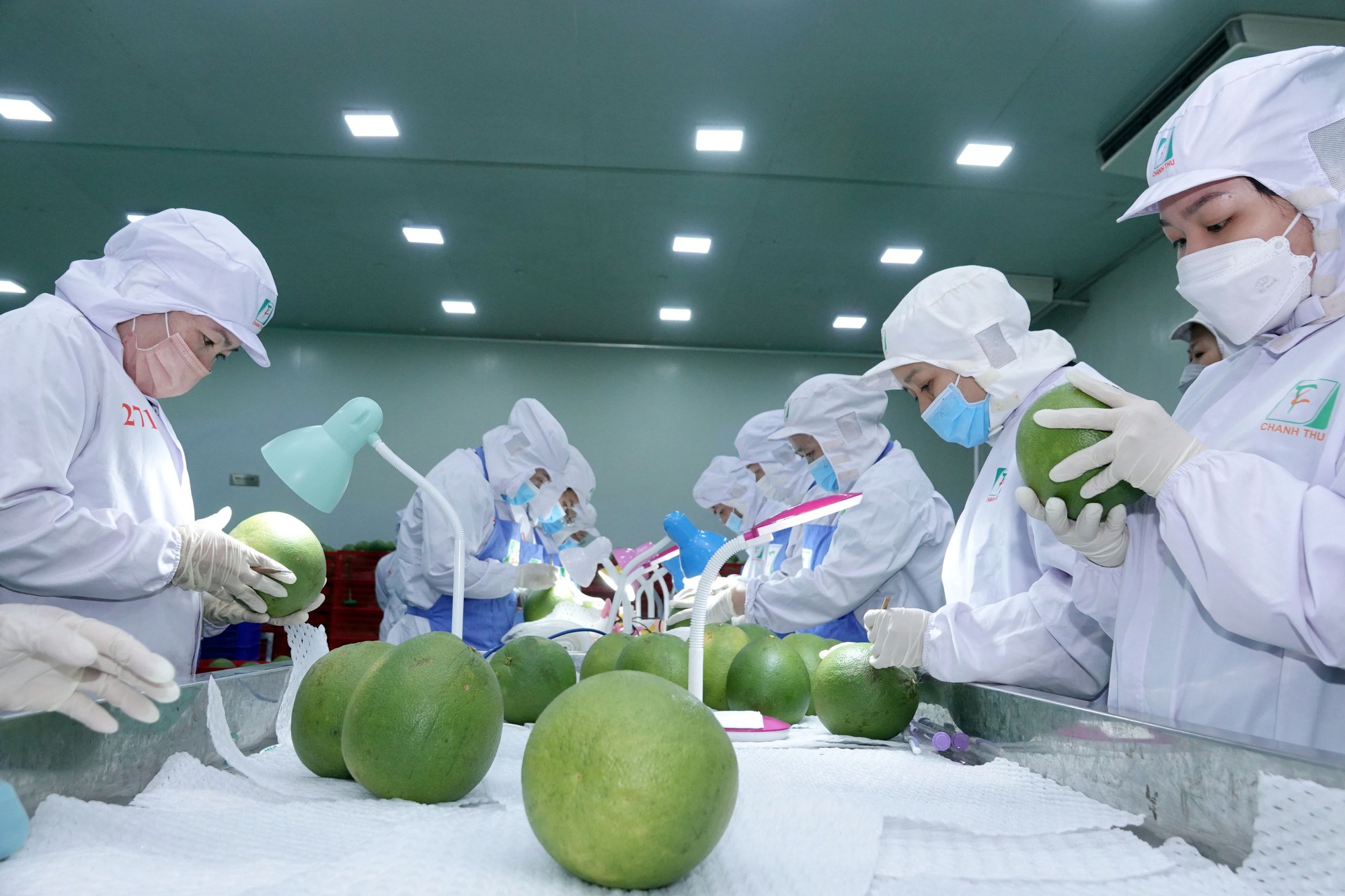
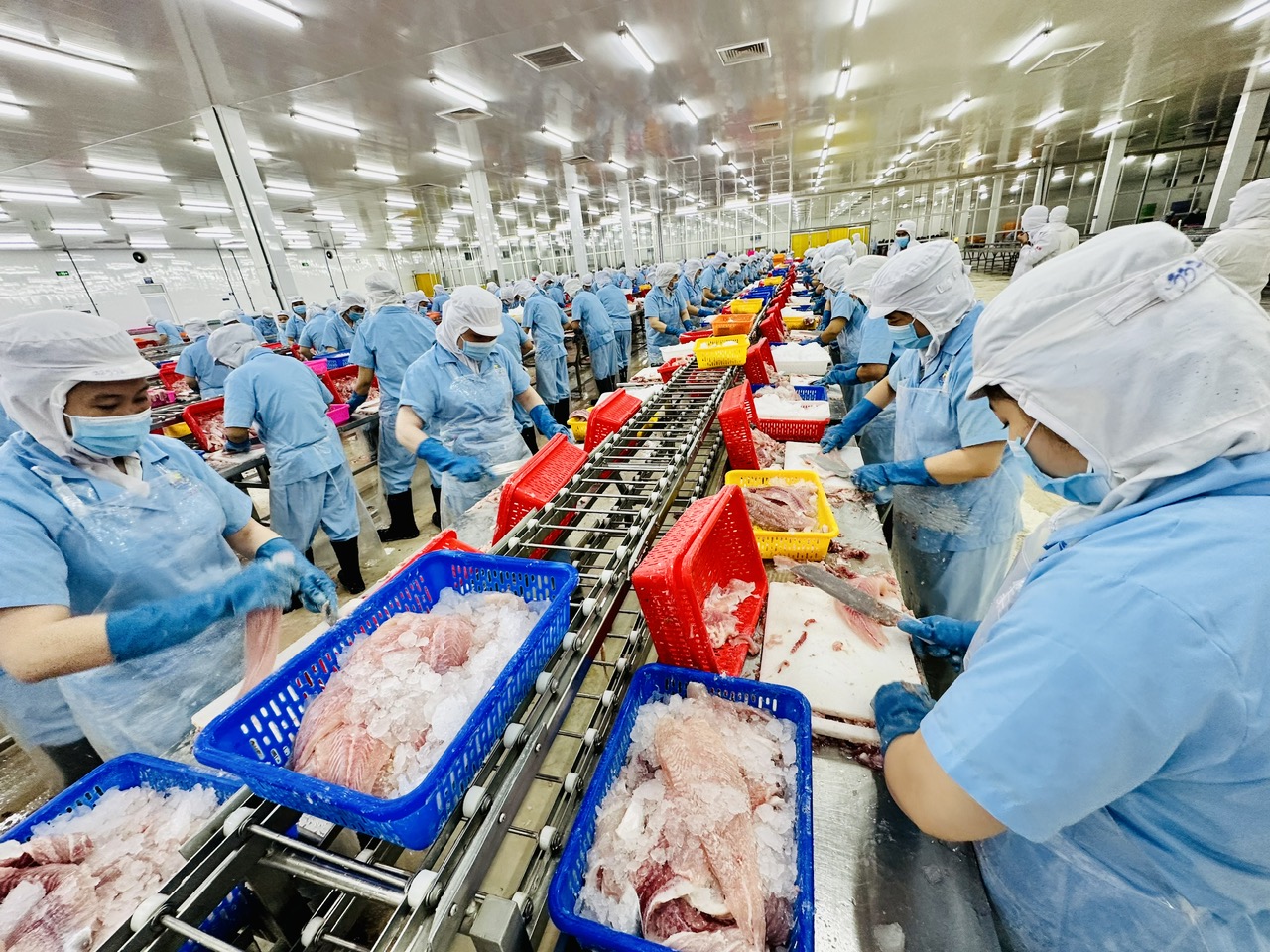
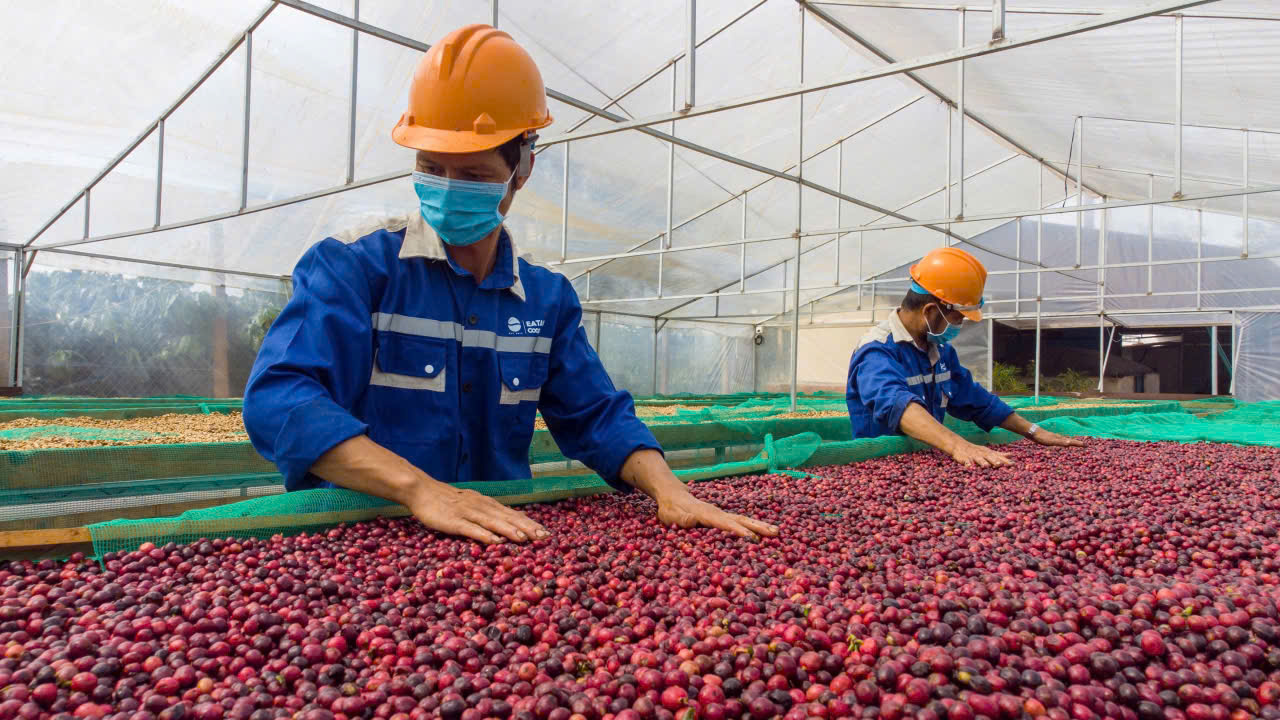
![[Photo] Prime Minister Pham Minh Chinh receives the Governor of Tochigi Province (Japan)](/_next/image?url=https%3A%2F%2Fvphoto.vietnam.vn%2Fthumb%2F1200x675%2Fvietnam%2Fresource%2FIMAGE%2F2025%2F12%2F16%2F1765892133176_dsc-8082-6425-jpg.webp&w=3840&q=75)


![[Photo] Prime Minister Pham Minh Chinh receives Lao Minister of Education and Sports Thongsalith Mangnormek](/_next/image?url=https%3A%2F%2Fvphoto.vietnam.vn%2Fthumb%2F1200x675%2Fvietnam%2Fresource%2FIMAGE%2F2025%2F12%2F16%2F1765876834721_dsc-7519-jpg.webp&w=3840&q=75)
![[Image] Leaked images ahead of the 2025 Community Action Awards gala.](/_next/image?url=https%3A%2F%2Fvphoto.vietnam.vn%2Fthumb%2F1200x675%2Fvietnam%2Fresource%2FIMAGE%2F2025%2F12%2F16%2F1765882828720_ndo_br_thiet-ke-chua-co-ten-45-png.webp&w=3840&q=75)
![[Live] 2025 Community Action Awards Gala](/_next/image?url=https%3A%2F%2Fvphoto.vietnam.vn%2Fthumb%2F1200x675%2Fvietnam%2Fresource%2FIMAGE%2F2025%2F12%2F16%2F1765899631650_ndo_tr_z7334013144784-9f9fe10a6d63584c85aff40f2957c250-jpg.webp&w=3840&q=75)
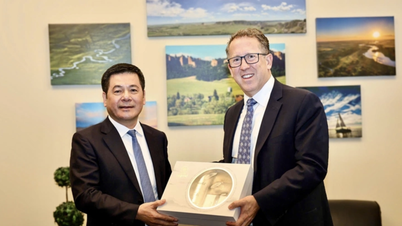

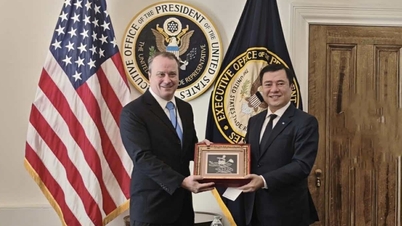

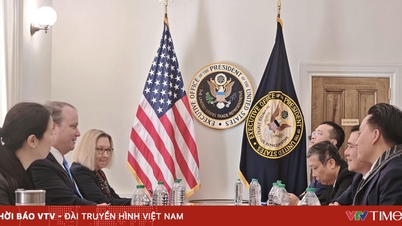

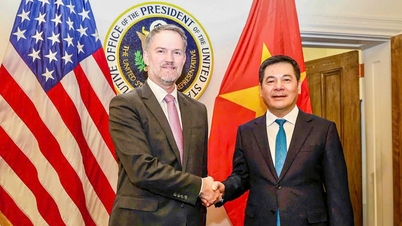
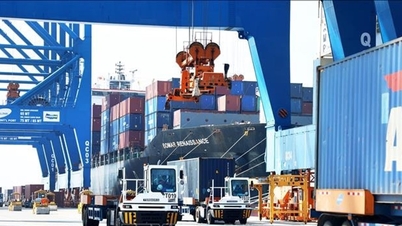

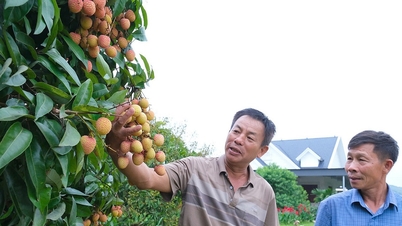






















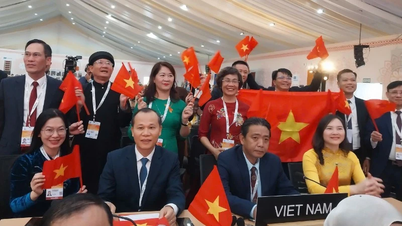




























![[Photo] Prime Minister Pham Minh Chinh attends the Vietnam Economic Forum 2025](https://vphoto.vietnam.vn/thumb/402x226/vietnam/resource/IMAGE/2025/12/16/1765893035503_ndo_br_dsc-8043-jpg.webp)














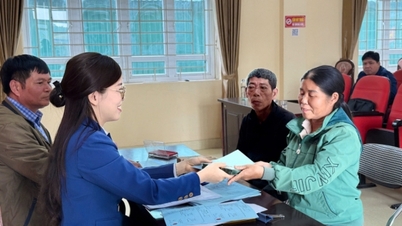




















Comment (0)